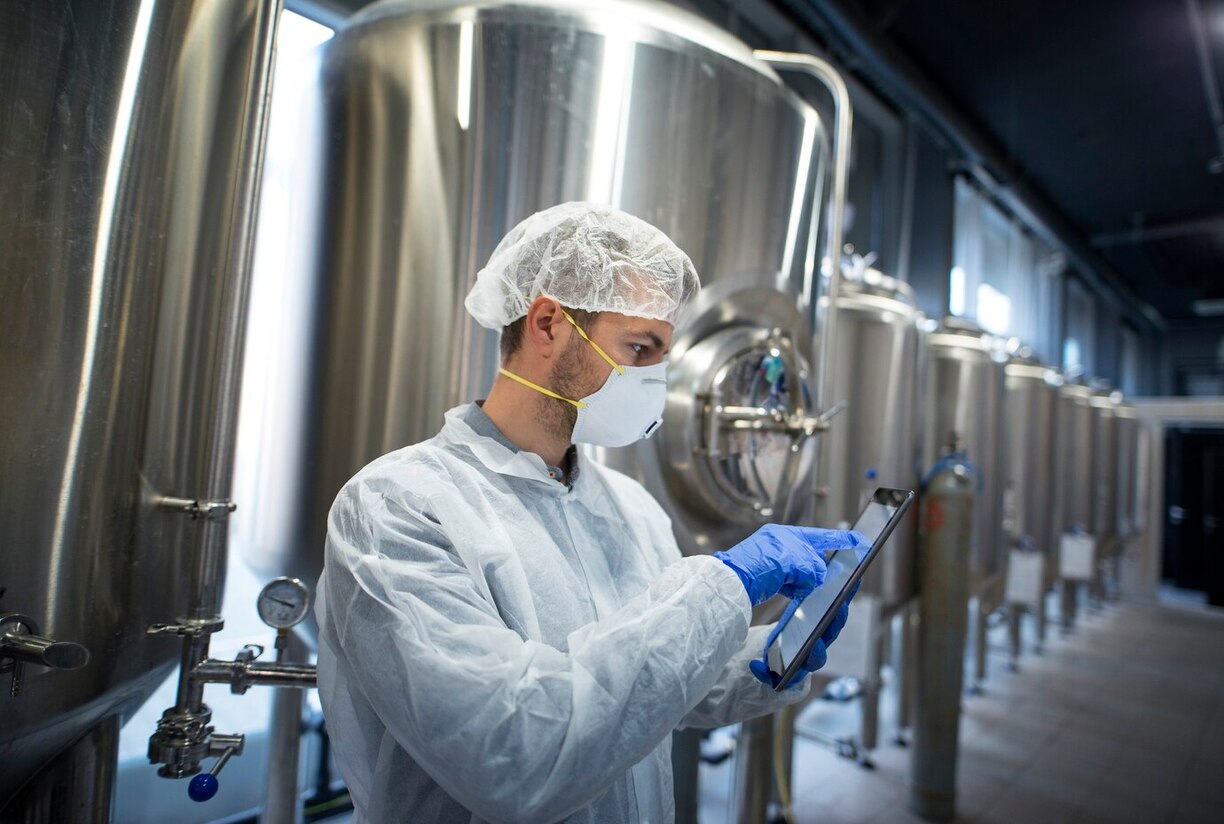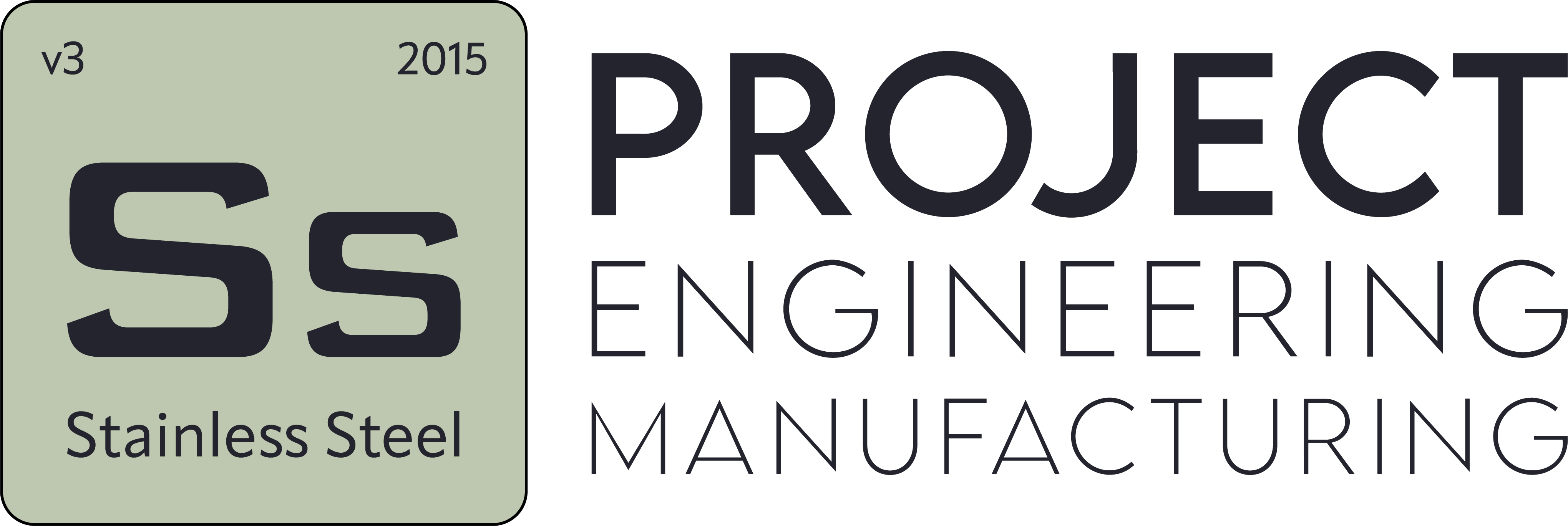Food Industry Tank Production
- Blog
- Food Industry Tank Production
Food Industry Tank Production
Food Industry Tank Production: Ensuring Quality and Safety in Food Storage and Processing
The food industry relies heavily on the safe and efficient storage, transportation, and processing of raw materials and finished products. Tanks used in food production play a critical role in maintaining product quality, safety, and hygiene standards. The design, materials, and production processes of these tanks must meet stringent regulatory requirements to ensure that food products are stored and processed without contamination. In this article, we will explore the importance of food industry tank production, the different types of tanks, the production processes, and the factors that must be considered to ensure food-grade tanks are safe, reliable, and durable.
The Importance of Tanks in the Food Industry
Tanks are essential in the food industry for the storage, mixing, and processing of liquids and large quantities of food products. They are used at various stages of food production, such as storing raw materials, mixing products, fermenting, and storing finished products. The proper design and construction of these tanks are necessary to ensure that products are protected from contamination, maintaining their safety and quality.
Food industry tanks are subject to strict regulations to meet hygiene and safety standards. This includes preventing contamination from bacteria, mold, and other harmful microorganisms. The materials used in tank construction must be suitable for food contact, non-reactive, and easy to clean. Additionally, tanks should be designed to minimize the risk of cross-contamination and ensure that food products remain fresh and safe.
Types of Tanks Used in the Food Industry
Several different tank types are used in the food industry, each designed to meet the specific needs of various production processes. These include:
- Storage Tanks: These tanks are used for the large-scale storage of raw materials or finished food products. They are commonly used for liquids such as milk, oils, syrups, and fruit juices. Storage tanks are designed to protect products from contamination and maintain them under appropriate storage conditions (temperature and humidity control).
- Mixing Tanks: Mixing tanks are used to blend different ingredients into a homogeneous mixture. They are widely used in the production of beverages, sauces, soups, and dairy products. These tanks ensure that ingredients are evenly mixed, preventing contamination and guaranteeing that product quality is not compromised.
- Fermentation Tanks: Fermentation tanks are used in the production of fermented food and beverages such as beer, wine, and yogurt. These tanks are designed to provide ideal conditions for fermentation, including temperature control and oxygen levels. Fermentation tanks are made from food-grade materials that do not react with fermented products.
- Pasteurization Tanks: In food production, pasteurization is a heating process used to kill harmful bacteria and extend product shelf life. Pasteurization tanks heat liquids or food substances to a specific temperature and maintain that temperature for a set period. These tanks provide precise control of heating and cooling processes.
- Holding Tanks: Holding tanks are used to temporarily store food products during processing. They are commonly used to hold products before further processing, packaging, or shipment. These tanks prevent contamination while preserving the quality and safety of the products.

Materials Used in Food Industry Tank Production
The choice of materials in food industry tank production is critical for food safety, durability, and ease of cleaning. Commonly used materials for the production of food-grade tanks include:
- Stainless Steel: Stainless steel is the most widely used material in food industry tank production because it is durable, resistant to corrosion, and very easy to clean. Stainless steel is preferred for tanks in contact with food because it is non-reactive and does not affect the taste or quality of the product. Additionally, its ability to inhibit bacterial growth makes it the most common material for food-grade tanks.
- Carbon Steel: Carbon steel is commonly used in tanks that do not come into direct contact with food but serve other functions, such as support structures or outer frameworks. It is less corrosion-resistant than stainless steel but can be used in applications where direct food contact is not involved.
- Fiberglass: Fiberglass is a lightweight and corrosion-resistant material, making it a preferred choice for some food-grade tanks. It is commonly used for the storage of non-acidic products or liquids that do not require high-temperature contact. It is typically used in applications such as water storage or the storage of dry materials.
- Food-Grade Plastic: In some cases, food-grade plastics are used for small to medium-sized tanks. These plastics are designed to meet food safety standards and are typically used for storing materials or products. They are preferred for their lightweight and easy portability, though they are not as durable as stainless steel.
Food Industry Tank Production Process
The production process for food industry tanks consists of several stages to ensure safety, quality, and hygiene standards are met at every step. The key stages of the tank production process include:
- Design and Engineering: The design phase is critical for determining the tank’s size, shape, material, and features. Engineers must work closely with food producers to understand specific needs and requirements. The design is shaped by factors such as the type of product, storage capacity, and regulatory requirements.
- Material Selection: One of the key stages of tank production is material selection. Stainless steel is the most commonly used material for food-grade tank construction due to its durability, corrosion resistance, and ease of cleaning. Other materials, such as fiberglass or food-grade plastics, may be selected based on the application.
- Fabrication: Once the design and materials are determined, the tank is fabricated. This stage involves cutting, welding, and assembling the tank components. During production, precise tolerances must be maintained to ensure the tank’s structural integrity and compliance with all specifications.
- Surface Finishing: After the tank is fabricated, its surface is treated to remove sharp edges or contaminants. This process is necessary to ensure the tank is suitable for food contact. Tanks may undergo special coating or polishing processes to enhance corrosion resistance and facilitate cleaning.
- Inspection and Quality Control: Before a food-grade tank is released for use, it undergoes rigorous inspection and quality control tests. These tests include checking structural integrity, leak testing, and verifying compliance with food safety regulations. The goal is to ensure the tank is safe and does not compromise the quality of stored food products.
Advantages of Food Industry Tank Production
Food industry tank production offers several key advantages, including:
- Food Safety: The primary advantage of food industry tank production is the safe and hygienic storage, processing, and transportation of food products. Tanks made from food-grade materials prevent contamination and preserve product integrity.
- Regulatory Compliance: Food-grade tanks are designed to meet regulatory requirements such as FDA, HACCP, and GMP. This ensures that food producers can confidently comply with necessary laws and regulations.
- Durability and Longevity: Food industry tanks are made from durable materials like stainless steel and can be used for years. This durability eliminates the need for frequent replacements and provides long-term reliability.
- Efficiency: Custom-designed food industry tanks can help optimize production processes. For example, tanks designed for specific product types or ingredients can enhance production efficiency and reduce contamination risks.
- Easy Cleaning: Food-grade tanks are designed with features that facilitate easy cleaning and maintenance. Smooth surfaces, CIP systems, and removable lids enable quick and effective cleaning, reducing downtime and labor costs.
Challenges in Food Industry Tank Production
While food industry tank production offers many advantages, there are also some challenges encountered during the design and production stages:
- Cost: The production of food-grade tanks, especially when made with high-quality materials like stainless steel, can be expensive. However, the long-term benefits such as safety, hygiene, and durability can justify the initial costs.
- Customization: Some food producers may require custom-designed tanks. This customization can require additional time and cost. However, these tanks provide personalized solutions that enhance operational efficiency.
- Maintenance: Food-grade tanks require regular maintenance. This includes routine inspections, cleaning, and upkeep to prevent issues like corrosion or leaks.
The Future of Food Industry Tank Production
The future of food industry tank production will be shaped by advancements in materials, design, and technology. Innovations in smart tank systems, such as sensors for monitoring temperature, pressure, and cleanliness, will help improve operational efficiency and ensure food safety. Additionally, the growing emphasis on sustainability will encourage tank solutions made from recyclable materials and designs aimed at reducing energy consumption.
Conclusion
Food industry tank production is an indispensable part of the food processing and storage process. These tanks ensure that food products are stored, processed, and transported safely, hygienically, and efficiently. The use of durable, food-safe materials and advanced design features helps food-grade tanks maintain product quality, comply with regulatory requirements, and enhance operational efficiency. As the food industry continues to evolve, the demand for high-quality food-grade tanks will increase, and tank production will remain a critical factor in supporting safe and efficient food production.


